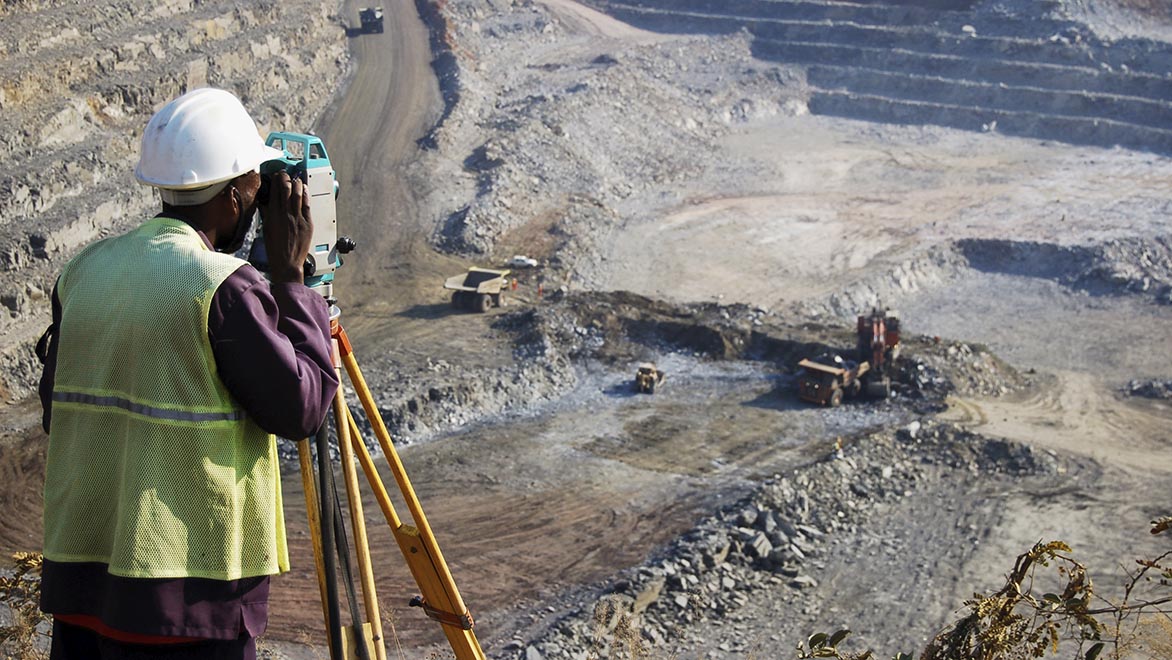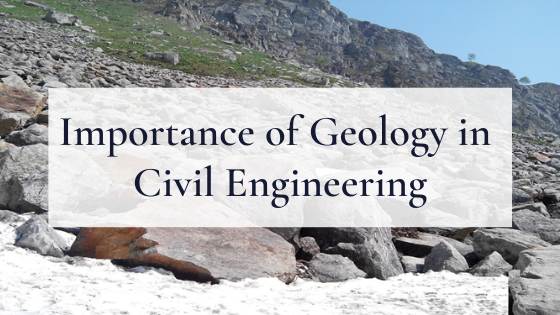Some Known Incorrect Statements About Geotechnical Engineering For Construction Projects
Some Known Incorrect Statements About Geotechnical Engineering For Construction Projects
Blog Article
The Buzz on Geotechnical Engineering For Construction Projects
Table of ContentsThe Ultimate Guide To Geotechnical Engineering For Construction ProjectsGeotechnical Engineering For Construction Projects Fundamentals ExplainedIndicators on Geotechnical Engineering For Construction Projects You Should KnowSome Known Incorrect Statements About Geotechnical Engineering For Construction Projects What Does Geotechnical Engineering For Construction Projects Do?The Main Principles Of Geotechnical Engineering For Construction Projects
The function of geotechnical engineering significantly manages realizing the features of dirt and rock, which may differ dramatically by their thickness, moisture material etc. These features have to be checked out by geotechnical engineers to anticipate their motions under different conditions. The security as well as stability of frameworks are affected by soil problems, making this analysis needed., in enhancement to just how they connect with constructions that have been set up on or within them, is one of the primary descriptions for why geotechnical design is important.
Environmental security is accomplished with geotechnical design. Proficiency in air, water, and dirt high quality upkeep is placed to make use of by geotechnical designers to minimize the negative results of jobs.
To sum up, geotechnical engineering is an essential technique that protects the strength and stability of civil infrastructure. Geotechnical designers contribute to making structure projects effective all over the globe by comprehending the behavior of planet materials and using appropriate planning strategies.
An Unbiased View of Geotechnical Engineering For Construction Projects
The foundational security of any type of task is necessary. Geotechnical design plays an essential duty in making sure that frameworks are built on solid ground, literally and figuratively. By examining soil, rock, and subsurface conditions, geotechnical engineers provide important insights that help in the style, construction, and upkeep of buildings and framework.

The 25-Second Trick For Geotechnical Engineering For Construction Projects
Research laboratory screening: Determining the properties of dirt and rock. A number of prominent construction tasks have actually efficiently made use of geotechnical design to guarantee their security and safety.

As a leader in geotechnical design, BECC Inc. is devoted to providing cutting-edge and reliable remedies that fulfill the highest possible criteria of quality and safety and security. To learn more on how BECC Inc. can sustain your following construction project, call us today and let us help you develop on strong navigate to this site ground.
William Rankine, an engineer and physicist, established an alternative to Coulomb's planet stress theory. Albert Atterberg created the clay consistency indices that are still used today for soil category. In 1885, Osborne Reynolds acknowledged that shearing reasons volumetric extension of thick products and tightening of loose granular products. Modern geotechnical design is stated to have started in 1925 with the publication of Erdbaumechanik by Karl von Terzaghi, a mechanical designer and rock hound.
The Greatest Guide To Geotechnical Engineering For Construction Projects
Terzaghi additionally developed the structure for theories of birthing capability of foundations, important source and the concept for forecast of the rate of negotiation of clay layers due to consolidation. After that, Maurice Biot fully created the three-dimensional dirt consolidation theory, prolonging the one-dimensional version formerly created by Terzaghi to extra basic hypotheses and presenting the set of basic formulas of Poroelasticity.
Geotechnical engineers explore and figure out the homes of subsurface conditions and materials.
The Best Guide To Geotechnical Engineering For Construction Projects
Still, they are sometimes used to allow a geologist or engineer to be lowered right into the borehole for direct aesthetic and hand-operated examination of the dirt and rock stratigraphy. Numerous dirt samplers exist to meet the demands of various engineering jobs. The common infiltration examination, which utilizes a thick-walled split spoon sampler, is the most typical means to accumulate disrupted examples.

If the user interface between the mass and the base of a slope has a complex geometry, slope stability evaluation is difficult and numerical solution methods are called for. Normally, the user interface's specific geometry is unidentified, and a simplified interface geometry is assumed. Finite inclines require three-dimensional models to be assessed, so most inclines are evaluated thinking that they are infinitely vast and can be represented by two-dimensional models.
The Ultimate Guide To Geotechnical Engineering For Construction Projects
Developing the layout based on a functioning theory of behavior prepared for under the most potential check out here problems. Selection of quantities to be observed as construction proceeds and calculating their expected values based on the functioning hypothesis under the most unfavorable conditions.
Dimension of amounts and examination of real problems. It is unsuitable for tasks whose design can not be changed throughout construction.
Report this page